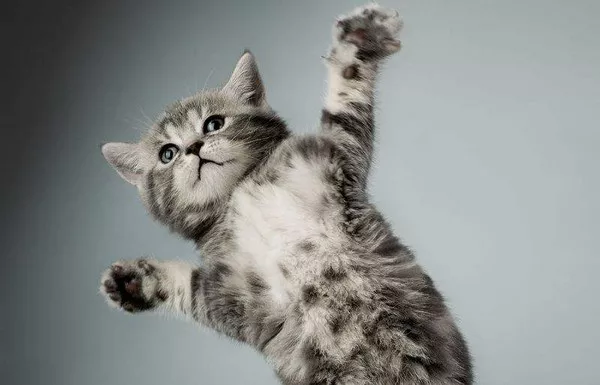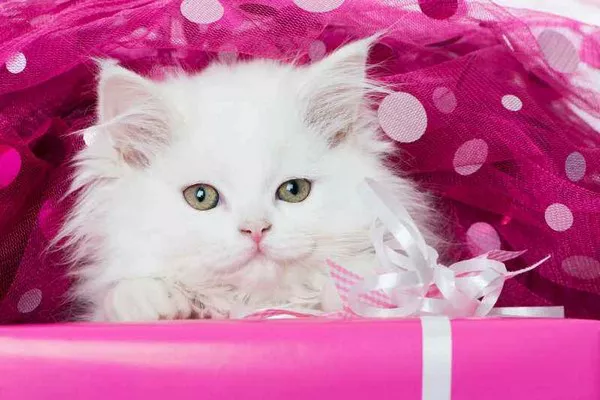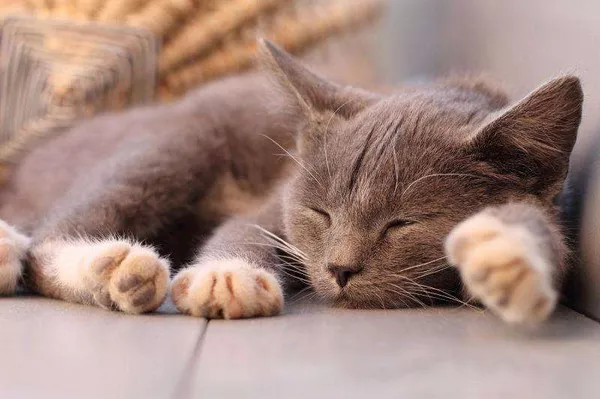The world of cats is a diverse and fascinating one, encompassing a wide array of breeds, each with its own distinctive traits and characteristics. Among these breeds, the Cornish Rex stands out as a true icon of uniqueness and elegance. With its distinctive curly coat and graceful demeanor, the Cornish Rex is a beloved favorite among cat enthusiasts worldwide. However, there exists a common misconception that Cornish Rex cats have long hair, which is not entirely accurate. In this comprehensive article, we delve into the fascinating world of the Cornish Rex, dispelling myths and shedding light on their true nature.
Origins and History:
The Cornish Rex breed traces its origins back to Cornwall, England, where the first known Cornish Rex cat, named Kallibunker, was born in the 1950s. Kallibunker exhibited a spontaneous genetic mutation resulting in his unique curly coat, which set the foundation for the development of the Cornish Rex breed. Breeders recognized the potential of this genetic anomaly and began selectively breeding cats with similar traits to establish the Cornish Rex as a distinct breed.
Physical Characteristics:
One of the most defining features of the Cornish Rex is its coat, which consists of soft, curly fur that lies close to the body. Despite popular belief, the Cornish Rex does not possess long hair. Instead, their fur is short to medium in length, with tight curls that give them a distinctively soft and plush appearance. This unique coat texture sets them apart from other cat breeds and contributes to their elegant and refined appearance.
The Cornish Rex’s body is slender and graceful, with long, slender legs and a slender tail. Their heads are wedge-shaped, with large ears set high on the skull and almond-shaped eyes that convey intelligence and curiosity. Overall, the Cornish Rex exudes an air of sophistication and refinement, making them a favorite among cat fanciers and enthusiasts.
Personality and Temperament:
Beyond their striking physical appearance, Cornish Rex cats are beloved for their charming personalities and affectionate nature. They are known for their playful and inquisitive demeanor, often displaying a keen interest in their surroundings and engaging in interactive play with their human companions. Cornish Rex cats are highly social animals and thrive on companionship, forming strong bonds with their owners and enjoying being involved in household activities.
Despite their energetic nature, Cornish Rex cats are also known for their gentle and loving temperament. They are typically friendly and outgoing, welcoming visitors with curiosity and affection. Their affectionate nature extends to other pets in the household, making them excellent companions for families with multiple animals.
Care and Maintenance:
One of the advantages of owning a Cornish Rex cat is their low-maintenance coat. Unlike breeds with long hair that require regular grooming to prevent matting and tangles, the Cornish Rex’s short, curly fur is relatively easy to care for. A weekly brush with a soft-bristled brush is usually sufficient to remove loose hair and maintain their coat’s smooth texture.
See Also:What Is a Mitted Cornish Rex: A Comprehensive Guide
Additionally, Cornish Rex cats are known for their minimal shedding, which makes them an ideal choice for individuals with allergies or sensitivities to pet dander. However, despite their low-maintenance coat, Cornish Rex cats still require regular grooming to keep their coat healthy and free from debris.
In terms of diet and exercise, Cornish Rex cats have similar requirements to other breeds. A balanced diet consisting of high-quality cat food, supplemented with occasional treats, will help keep them in optimal health. Regular play and exercise are also essential to prevent obesity and promote physical and mental stimulation.
Health Considerations:
Overall, Cornish Rex cats are relatively healthy and robust animals with a lifespan of around 12 to 15 years on average. However, like all breeds, they may be prone to certain health issues, including:
Hypertrophic Cardiomyopathy (HCM): A common heart condition that affects cats, including the Cornish Rex breed. Regular veterinary check-ups and screening can help detect and manage this condition early.
Patellar Luxation: A condition where the kneecap slips out of place, causing discomfort and lameness. Proper diet and exercise can help maintain healthy joints and minimize the risk of patellar luxation.
Skin Conditions: Due to their unique coat texture, Cornish Rex cats may be susceptible to skin conditions such as dryness or dermatitis. Regular grooming and moisturizing can help keep their skin healthy and prevent irritation.
Conclusion:
In conclusion, the Cornish Rex is a truly unique and captivating breed that continues to captivate cat lovers worldwide. Despite the common misconception regarding their coat length, Cornish Rex cats are renowned for their soft, curly fur and elegant appearance. Their charming personalities and affectionate nature only add to their appeal, making them cherished companions for individuals and families alike. By understanding the true nature of the Cornish Rex breed and debunking myths surrounding their coat length, we can appreciate and celebrate these remarkable felines for the extraordinary creatures they are.
Related Topics:
























